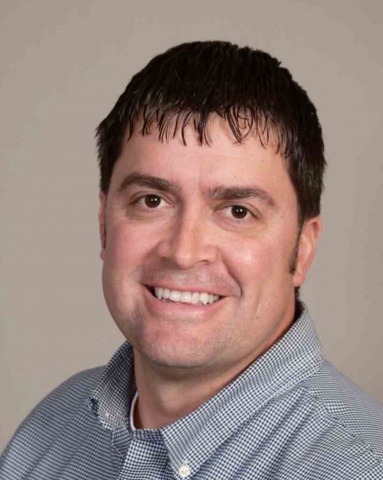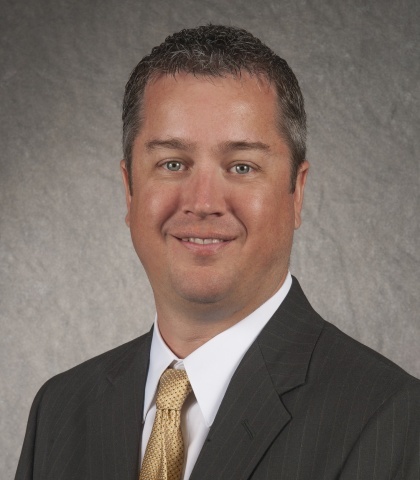
Units in the Division of Student Life rely on technology support year-round, but there are some especially busy times—like fall, when thousands of students move into the residence halls, or over summer, when IT staff work to refresh computers and other hardware before the students return.
Responding to those peak workload periods became a bit more manageable in the 2014-15 school year, when the division adopted the new OneIT shared service model for end user support. The change means the division’s IT experts are now part of a larger team of IT support professionals who help each other out to meet the needs of customers—especially in those high-demand times.
University Housing and Dining (UHD) technology users now contact the Information Technology Services Help Desk for IT questions, which has helped to ensure a quick response on busy days. In the first year, the Help Desk was able to triage 64% of the 300 issues and questions UHD tech users had.
“Having more hands on deck when we really need them has been a big benefit to us,” says UHD IT Director Brandon Mills. “Now when there’s a large amount of work that needs to be accomplished in a certain time period, or if we have a staff member out sick, others can jump in and help. On the flip side, when things are slow for us, the IT staff who normally focus on Housing and Dining can lend a hand where things are busier.”
The OneIT End User Support Project focuses on three areas: desktop support, device-management, and service desk unification. Its goal is to increase the efficiency of end-user support by implementing the new shared service model, while maintaining or improving the quality of service for customers.

“The EUS project team believes this project will allow end user support to be delivered more efficiently by leveraging common processes and tools, while maintaining existing levels of service,” says IT Director Tracy Scott, who leads the project with Senior IT Director Lance Bolton and Project Manager Mike Frangi. “Our overall goal is to free up time for support consultants in the colleges and administrative units to provide more specialized support to faculty, staff, and researchers in their respective units.”
Mills says adopting the OneIT end user support model has helped ensure that his department is aligned with campus-wide best practices; for example, following procedures and standards for IT procurement, operating system and software upgrades, and desktop and help desk support.
UHD is one of 14 units that have transitioned to the OneIT shared service model for end user support; approximately 3,000 of campus technology users are currently served through it.
The project team will work with 13 more units to complete implementation, and is taking a unit-by-unit approach, currently with the Tippie College of Business and Athletics. Along with end-user support, the unit-by-unit approach looks at existing setup for data centers and servers and classroom IT support, and what remaining work is needed in those areas to finish overall OneIT implementation.
Each unit is surveyed about its current state, and collecting that data is followed up by conversations to identify what can be standardized and what is differentiated, determine technology and process changes needed, find ways to adapt services, and identify and plan for any changes to job duties or staff transfers if needed. The project teams work closely with IT leaders in each unit to determine next steps and the best timing for everyone.
The change has been relatively smooth for Mills’ UHD technical support customers, who now receive services from the broader Extended Technical Support team and utilize the ITS Help Desk as a first point of contact for tech questions.
“There is some culture change as we gradually try to guide people down a path of making the first point contact the ITS Help Desk,” Mills says. “There was some initial skepticism, but overall customers have responded positively to the change.
“In many cases the timeliness of support has gotten better because the Extended Technical Support staff has the ability to ask for additional feet on the ground when needed and the ability to pull from a large knowledge base of a like-minded team that works on and solves similar problems,” Mills says.
For additional successes and milestones of the OneIT End User Support Project, visit the OneIT Year in Review: https://oneit.uiowa.edu/end-user-support-year-review-2016.